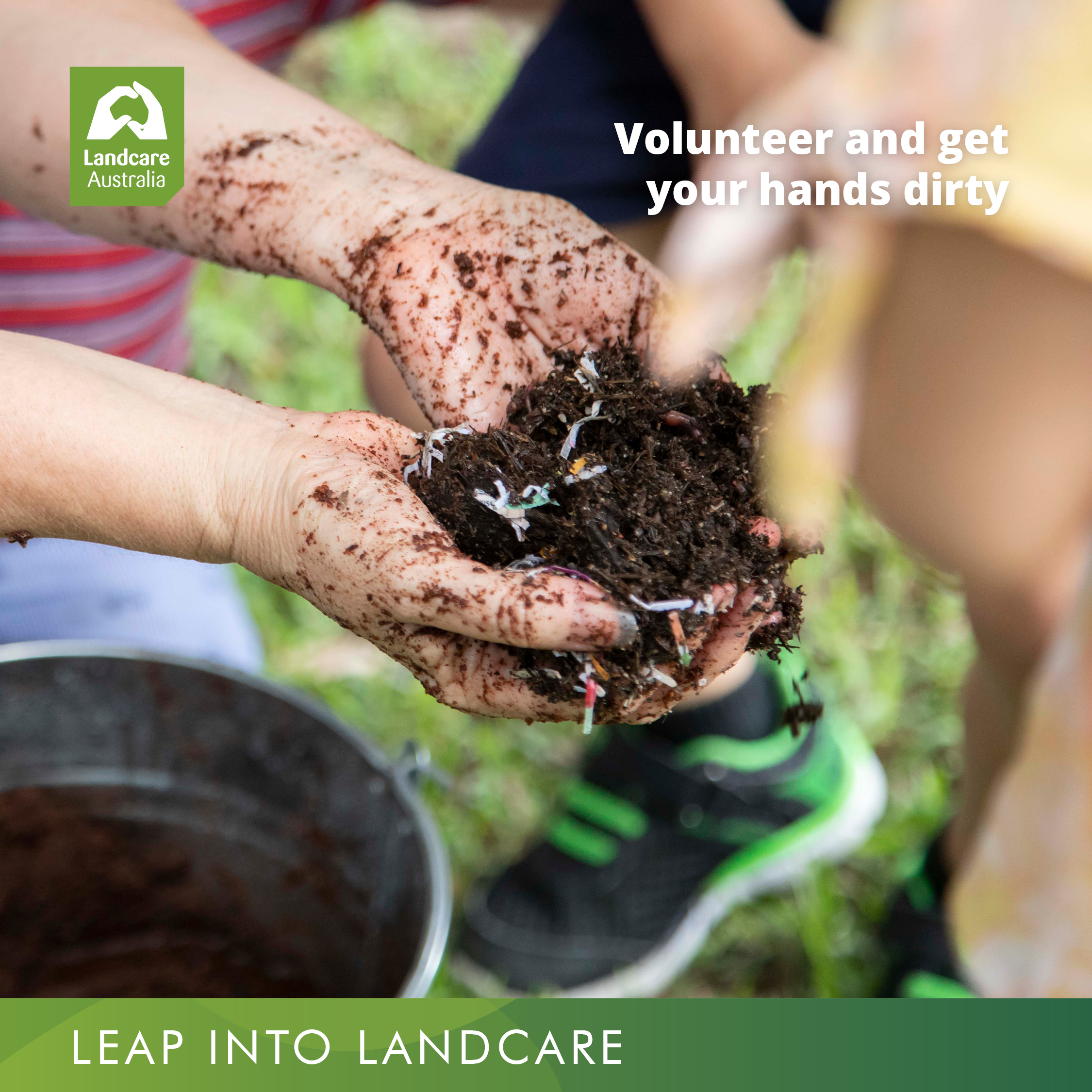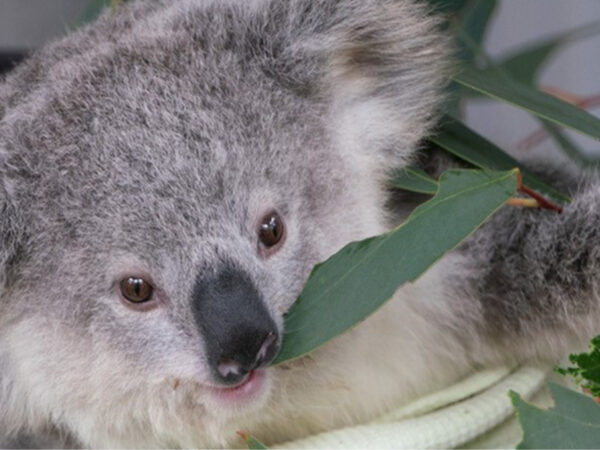WIRES and Landcare Australia announce $1million partnership to support regeneration of wildlife habitat impacted by bushfire


WIRES and Landcare Australia have joined forces in a landmark $1million partnership supporting recovery of wildlife habitats impacted by bushfire and drought across Australia.
Facilitated by unprecedented public appeals and donations, the WIRES Landcare Wildlife Relief and Recovery Grants will provide eligible local Landcare environment networks and community groups access to grant funding of up to $20,000 to maximise and coordinate restoration projects.
As the country continues to face an international health pandemic, vital relief programmes for bushfire-affected habitats have been delayed or temporarily halted. The WIRES Landcare Wildlife Relief and Recovery Grants will support the planning and subsequent implementation of vital regeneration projects for vulnerable native species, whose populations were decimated, some to the point of extinction.
INT|VISION OPPORTUNITY: Blue Mountains Koala Project – a citizen science group dedicated to the health of surviving koala populations in Blue Mountains and Kanangra-Boyd National Parks, both heavily impacted by bushfire, is one organisation applying for support through the WIRES Landcare Wildlife Relief and Recovery Grants. Focused on a number of regeneration activities including native species replanting, rehabilitated koala release and community engagement, Blue Mountains Koala Project is one of a wide-range of eligible local Landcare environment networks and community groups across the country working on significant habitat restoration for vulnerable species.
The WIRES Landcare Wildlife Relief and Recovery Grants is a ground-breaking alliance between two not-for-profits who have been part of the fabric of local communities for over 30 years.
The largest wildlife rescue organisation in the country, WIRES rescues and rehabilitates native animals. They are also working on a range of relief and recovery plans to implement the best solutions to assist surviving wildlife and ensure the survival of remaining animals.
While Landcare Australia supports the Landcare grassroots movement of individuals and groups who have a shared vision to restore and protect the environment in local communities through sustainable land management and conservation activities.
WIRES CEO Leanne Taylor said this partnership with Landcare Australia marks the beginning of a powerful union, committed to protecting and preserving Australian wildlife, habitat and local communities from the effects of climate change and extreme natural disasters.
Leanne said: “This partnership between Landcare Australia and WIRES is an important step towards the restoration and recovery of Australian wildlife and landscapes deeply scarred by the unparalleled impacts of bushfires and drought.”
Welcoming the new partnership, Landcare Australia CEO Dr Shane Norrish said the grants program will improve outcomes for wildlife support and associated habitat rehabilitation projects.
Dr Norrish said: “Through partnerships like this, Landcare Australia is getting on with the job of providing funding to local groups quickly and helping to drive and coordinate national bushfire and drought response with targeted high-priority actions, which are delivered on the ground by locals
Dr Norrish added: “For over 30 years, WIRES has actively rehabilitated and preserved Australian wildlife and inspired others to do the same. Now WIRES are funding community-led protection of habitat by actively supporting Landcare groups and networks, and other environmental community groups to improve the outcomes for wildlife and biodiversity.”
Applications for grants will remain open until April 30 with successful applicants notified late May.
Landcare Australia will be considering applications from:
- Landcare groups, networks, or community environmental organisations undertaking works in an area affected by drought or bushfire in 2019 or 2020; with
- Projects that are directly-related to the implementation of bushfire or drought-related wildlife recovery activities including;
- post fire habitat restoration/creation projects
- installation and monitoring nest boxes
- revegetation of habitat and food trees for native fauna
- Species the grant program aims to assist include;
- Threatened Glossy Black Cockatoo
- Sugar Glider
- Greater Glider
- Brush-Tailed Rock Wallaby
- Koala
- Kookaburra
- Regent Honeyeater
- Rosellas



